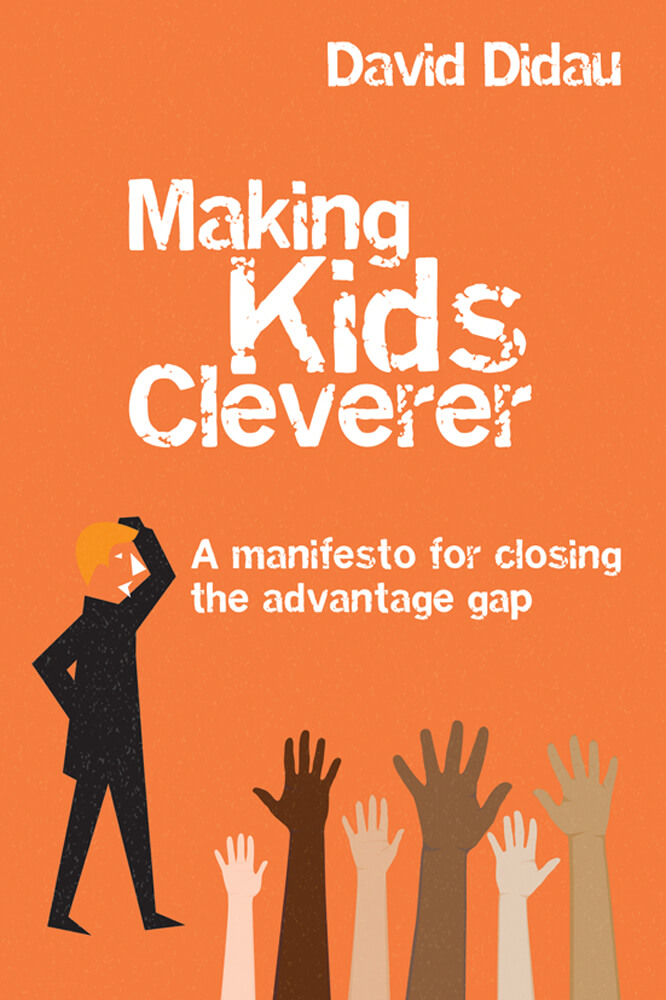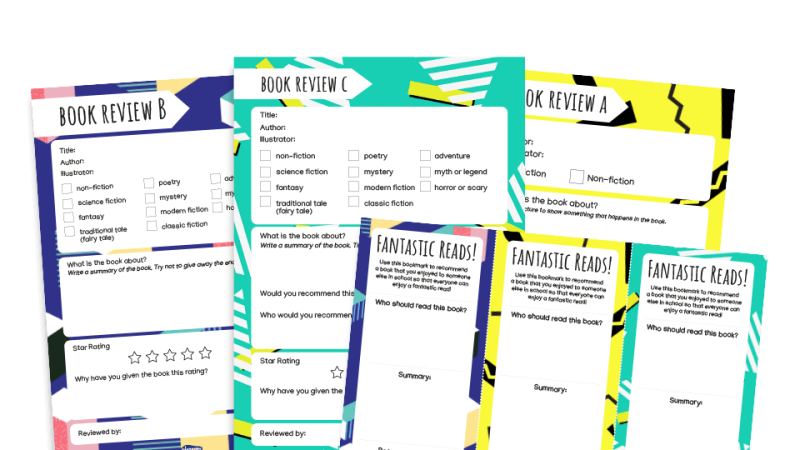Spotting Students who are Struggling with Reading Fluency is Crucial for their Futures

Reading fluency is hard to assess, but crucial for comprehension – and if we fail to spot when students are struggling, we risk damaging their chances of success at school, and in life, says David Didau…

- by David Didau

It’s a little known fact that the speed at which you can turn letters (graphemes) into sounds (phonemes) governs your ability to comprehend what you’re reading.
Average reading speed is approximately 300 words per minute (wpm) – that’s the rate at which a typical adult reader will crack through anything they’re reading for pleasure.
When we have to read less familiar and more complex texts, the speed at which we read drops – as you’ll know if you’ve ever tried to work out how to program a DVD player. If reading speed falls below 200 wpm then we start to haemorrhage comprehension.
If reading speed falls as low as 60 wpm, comprehension is impossible.
If you’re unable to read at 200 wpm you will struggle to access an academic curriculum.
And according to the DfE, an estimated 20% of children leave primary phase every year in this position.
I say ‘estimated’ because no one has accurate data on reading fluency, as it’s not assessed. Almost no school I’ve ever visited is aware of the importance of fluency, let alone tests students on how quickly and accurately they can decode.
This means the problem is both endemic and invisible.
Tough luck
It’s widely assumed that children who fail to learn to read fluently must have some sort of inherent deficit, some cognitive problem that makes reading impossible for them – but were that to be true you might expect to find similar figures in other countries. This isn’t the case.
In most European countries children make very few decoding mistakes after one year of reading instruction, whereas in most Anglophone countries error rates of around 67% are typical.
Is it really credible to claim that English speaking children are more likely to suffer with neurological problems that make reading difficult?
The problem is more likely to be due to the complexity of English orthography. While our spoken language is no harder to speak than any other, our written language is much more challenging to learn than any other alphabetic code.
For instance, Spanish has 24 phonemes represented by 40 graphemes. English has 44 phonemes represented by over 170 different graphemes. If there are problems with early reading methods in most countries it doesn’t really matter that much; with English, there’s a lot more that can go wrong.
But still, if 80% do learn to read fluently, what’s wrong with the other 20%?
Well, according to the NHS, an estimated 8 in every 10 children are reckoned to suffer with glue ear at some point between the ages of 4 and 10. If you have glue ear you can still hear but your hearing is muffled.
If you’re unlucky enough to have it during the first few years of school then you will struggle to hear what’s being taught.
Similarly, Optometry Today estimates that around 20% of children in KS1 need but don’t have glasses. It would seem that the most probable explanation for fluency problems is down to early audio-visual issues which have been corrected by the time children reach Year 7.
But, although the underlying causes may have cleared up, many students won’t have learned to read well enough to cope with the rigours of secondary school.
Necessary intervention
The most important thing every secondary school teacher needs to know about reading fluency is that it is not correlated with intelligence in any way.
If children are struggling to read fluently this doesn’t mean they’re less able. But if we unthinkingly dump them in the bottom set and give them less challenging material at a slower rate we will guarantee they become less able as a result of their experiences.
So what should we do? First, teachers must become more aware of the problem. Secondly, we need to start collecting data. This is tough because fluency testing needs to be done on a one to one basis, so it’s likely to be time consuming and expensive.
Nonetheless, if teachers notice children guessing or stumbling over words they need to refer them for testing and, once tested, these children need individual intervention.
Tragically, we know exactly what will happen to those children who do not receive intervention that improves their fluency. In most cases, young people who start secondary school struggling to read leave having made no progress. This is not any individual teacher’s fault; but it is our collective responsibility.
 David Didau is an independent education consultant and writer. He blogs at learningspy.co.uk and is the author of several books, the latest of which, Making Kids Cleverer: A Manifesto for Closing the Advantage Gap, will be published in January 2019 (Crown House). Follow him on Twitter at @DavidDidau.
David Didau is an independent education consultant and writer. He blogs at learningspy.co.uk and is the author of several books, the latest of which, Making Kids Cleverer: A Manifesto for Closing the Advantage Gap, will be published in January 2019 (Crown House). Follow him on Twitter at @DavidDidau.











